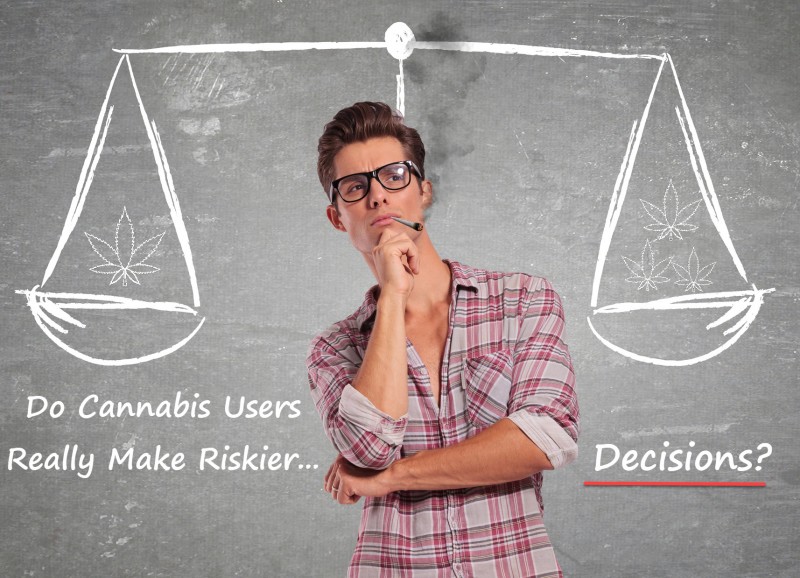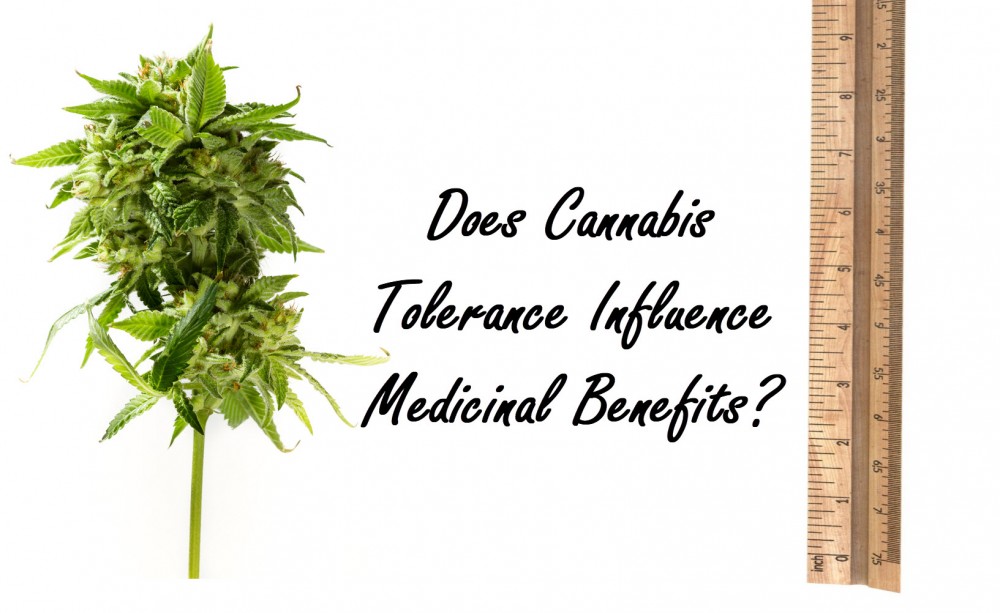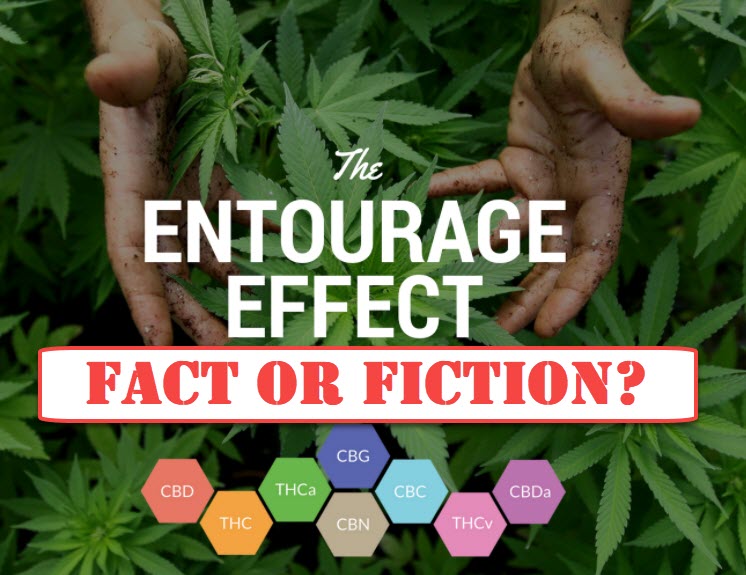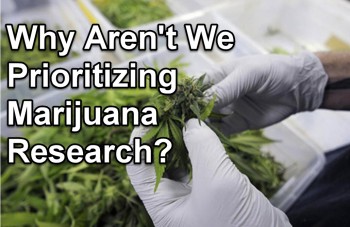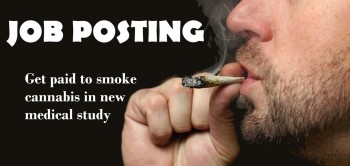Do Cannabis Users engage in Riskier Decision Making?
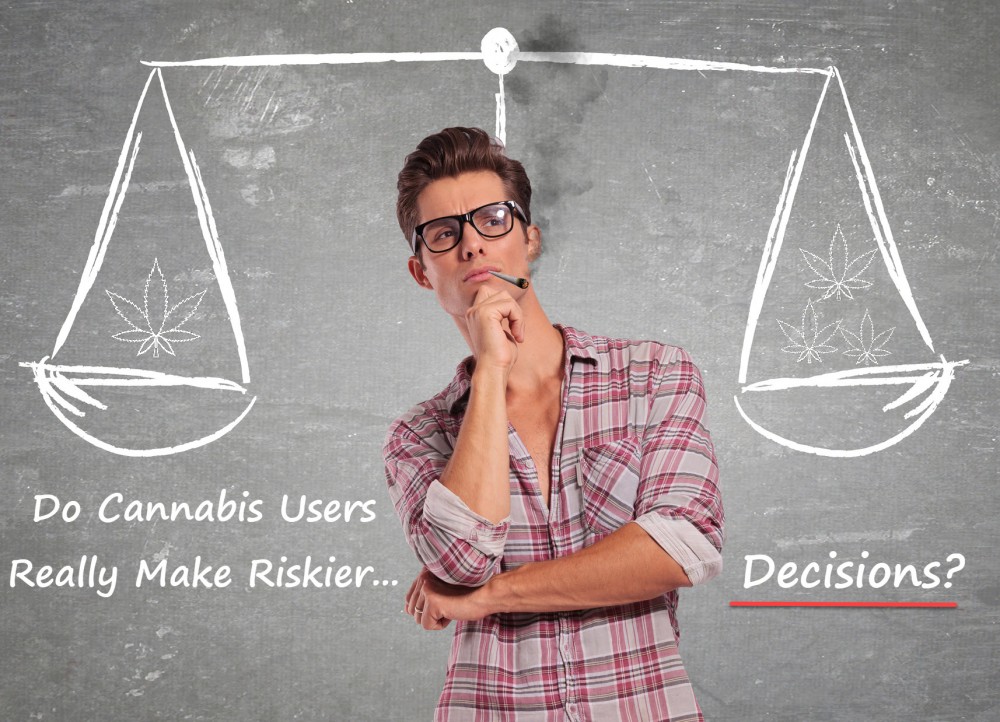
Perhaps the infamous lesson of Ram Dass of “Everywhere you look, you see what you’re looking for” is far truer than one would think. For I – look for “fuckery”, and it seems that “fuckery” manages to make its way into my field of vision every week.
This week, it presented itself as a “study” aimed at seeing whether consuming cannabis increases the likeliness of users making riskier decisions. As you can surmise by the introduction to this article – the conclusion of the study leans towards the dismal as opposed to the optimistic.
Nonetheless – it always my duty to look at these studies with an open mind – to cast aside all my preconceived anarchostoner biases and look at the study with cold and clinical objectivity. On that note.
An Honest Overview of the Study
The study attempted to analyze the influence of cannabis use on “risky decision-making” in college students 18-22 years old.
In terms of the method, we’ll quote the study directly as to not misconstrue the intent of the original study.
From 2017 to 2019, data was collected from young adult college students (n = 65) consisting of 32 healthy controls (HC) and 33 frequent marijuana users (MJ+). Participants completed the Iowa Gambling Task (IGT), a measure of risky decision-making, and net IGT scores (advantageous-disadvantageous decisions) were used as a measure of optimal decision-making. – [Source]
In terms of results – the authors of the study found that “The main finding indicated there was a significant effect of group on net IGT scores (p = 0.018), which remained significant when sex was included in the model (p = 0.006), such that MJ+ had lower net IGT scores than HC.”
With all of this, they concluded that cannabis users made riskier decisions than their non-smoking counterparts.
But what happens when we take a deeper look at it all?
Is this relevant to All ages?
This is the first thing that should be pointed out. On my initial read on the online publication “The West Word” – I thought the study was about “cannabis users” in general but as it turned out – this was a study specifically looking at the age group of 18-22 in Oregon.
To the study authors’ credit – they did do a very good job at organizing the control and the test group. You can dive deeper on the actual study linked above located at Section 2: Materials and Methods.
How did they determine their results?
The study utilized the Iowa Gambling Task – which is a virtual ‘game’ where participants are given money [which, they are instructed to treat as real money] and where they try to accumulate the most amount of money in 100 moves.
The participants were given the option of using four decks [A,B,C,D] of which A & B had a [Higher Reward: Higher Penalty ratio] versus C & D which had [Lower Reward: Lower Penalty Ratio].
However, what was not revealed to the participants were that A&B were part of the “Riskier” category – as using these would have a greater negative impact on your net earnings – and C & D were labeled as “Safer” due to net earnings being more at the end of the game.
Apparently – stoners were statistically more likely to take riskier decisions. We will look into the data at a later stage and uncover some “potential data points” that if we were to change it – could probably impact the ratios discovered by the researchers.
So what does this mean?
Firstly – it doesn’t mean that much as we’re looking at a hyper-targeted group of individuals. People from Oregon, between the ages of 18-22 who smoke weed more than five times a week – versus people who don’t smoke weed, drink alcohol or smoke tobacco.
In other words – an organism that is entirely abstinent of any substance vs an organism that has weed (and probably other substances) in them.
There’s also some demographical data that could impact the results.
For example; the healthy control group had zero African American whereas the cannabis group did have some participants who were African American. Additionally, there was a disproportion in Asian students where the “Healthy Control” had a higher percentage.
It is very well-documented that Asian students – due to their cultural legacy – have higher performance skills in areas of mathematics. This would most definitely sway the “risk/benefit” decision making net totals swaying it favorably towards the HC.
Additionally, when considering Socio Economic Data – the cannabis group had a higher percentage of “poor” people and a lower average (by 10%) of “middle-class” people. In upper-middle and wealthy classes – the cannabis group had slightly more people.
All of these things influence decision-making skills. All of these issues have not been factored in.
And personally, the final big – “let’s not pay too much attention to this study” point of it all – the cannabis group had roughly 40-times the exposure to alcohol than the healthy control.
And so – the authors might be saying weed, but they cannot eliminate the alcohol consumption.
Conclusion
Show me a REAL STUDY where we see cannabis-only consumers, from the same socio-economic conditions and similar health patterns – born months apart – and then let’s do the studies. Also – if you’re going to be utilizing racial and socio-economical data points to sway the data…why not do a apples to apples comparison instead.
Finally - and this is to West Word – please do a far better job at journalism. If a small study focusing on kids from 18-22 is newsworthy – please preface it with “This study looked at kids from 18-22” and don’t make us think it applies to everyone.
CANNABIS AND IT'S EFFECTS ON THE MIND AND BODY, READ MORE...
CANNABIS TOLERANCE AND MEDICAL BENEFHeading 2ITS, READ THIS.
